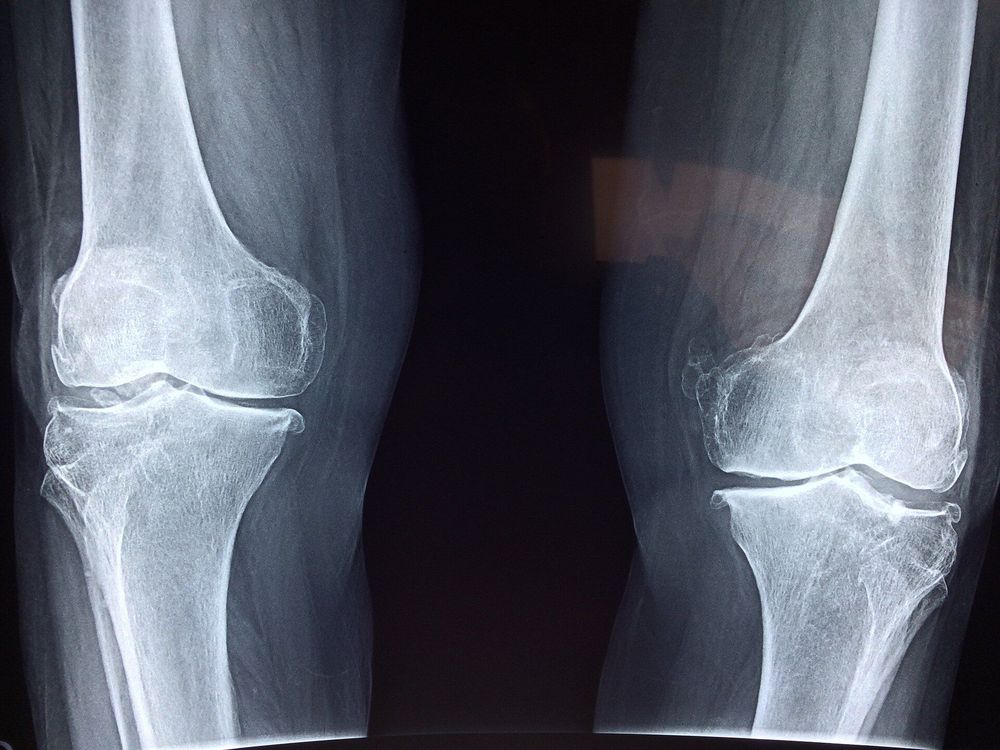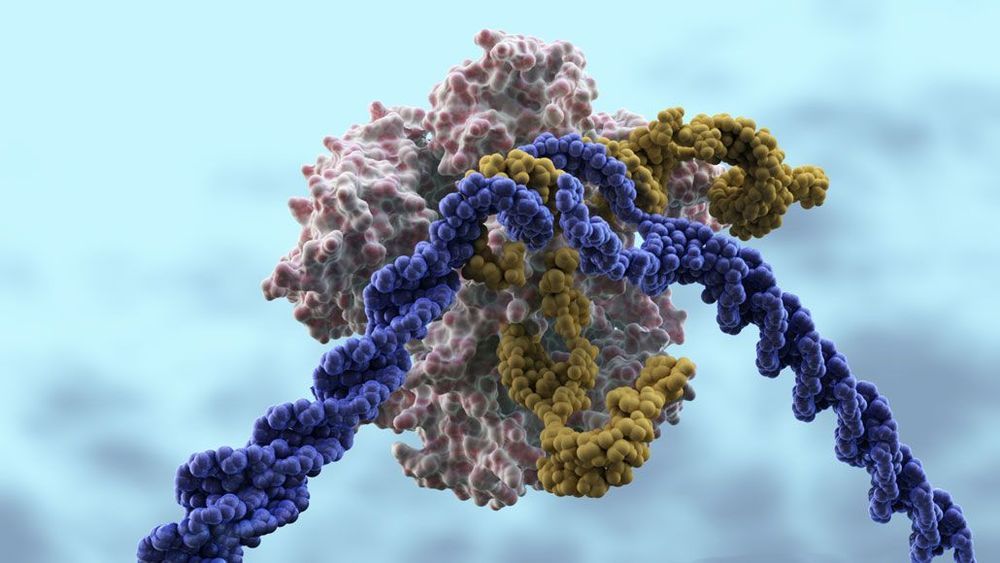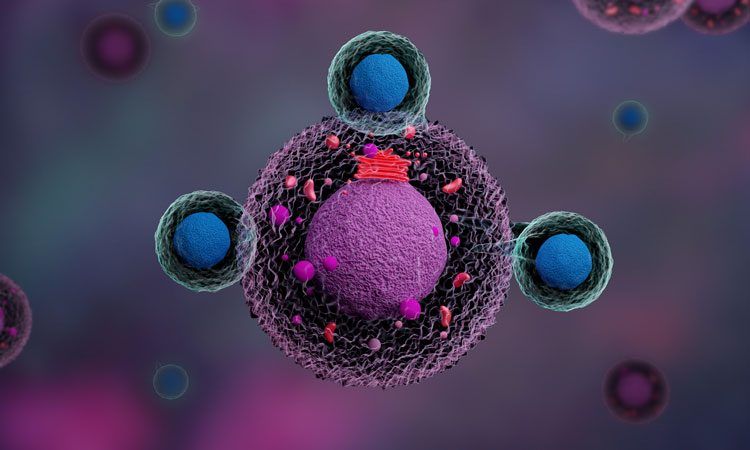An organized tide of brain waves, blood and spinal fluid pulsing through a sleeping brain may flush away neural toxins that cause Alzheimer’s and other diseases.





With collagen supplements you can regrow cartilage pretty easily. Most supplements work better than medicine when it comes to tissue repair.
Humans have the ability to regrow cartilage, a new study has found.
In a way similar to how salamanders and other creatures can regrow lost limbs, humans have the capacity to repair and regenerate cartilage in their joints, researchers at Duke Health discovered.
“We believe that an understanding of this ‘salamander-like’ regenerative capacity in humans, and the critically missing components of this regulatory circuit, could provide the foundation for new approaches to repair joint tissues and possibly whole human limbs,” said senior author Virginia Byers Kraus, a professor in the departments of medicine, pathology and orthopedic surgery at Duke.


Antibiotic-resistant bacteria are increasingly the source of deadly infections. A team of scientists from the Technical University of Munich (TUM) and the Helmholtz Center for Infection Research (HZI) in Braunschweig have now modified an approved cancer drug to develop an active agent against multidrug-resistant pathogens.
The methicillin-resistant Staphylococcus aureus (MRSA) is the source of severe and persistent infections. Some strains are even resistant to multiple antibiotics. There is consequently an urgent need for new drugs effective against MRSA infections.
“The industrial development of new antibiotics is stalling and not keeping pace with the spread of antibiotic resistance. We urgently need innovative approaches to meet the need for new infection therapies that do not lead directly to renewed resistance,” says Prof. Eva Medina, director of the HZI Infection Immunology Research Group.

CAR-T therapy has been hailed as a cure for cancer, but what really is this ‘miraculous technology’ and what can we actually expect from it?
The field of immuno-oncology is booming with billions of euros in investment. The ability to rewire our own immune system to fight cancer has certainly created huge expectations. After the success of the first checkpoint inhibitor drugs on the market, many are turning their attention to CAR-T cell therapy.
There are two CAR-T therapies already on the market. The field is now booming, with over 800 CAR-T clinical trials running. But is this therapy really a cure for cancer, as many seem to believe? Can the technology meet such high expectations? Are side effects a concern? Is it worth the huge price tag? To answer the most burning questions, I talked with some of the leaders in this field to draw an overview of the current state of CAR-T technology.
Older people could significantly increase their chances of enjoying a long retirement by taking aspirin regularly, according to new research.
Pensioners who took the drug at least three times a week were almost a fifth more likely to be alive about a decade later than those who did not.
The findings of the study bolster a growing body of evidence about the benefits of aspirin.
A self-cleaning surface that repels even the deadliest superbugs: Researchers create the ultimate non-stick coating, with medical settings and food industry in mind.
A team of researchers at McMaster University has developed a self-cleaning surface that can repel all forms of bacteria, preventing the transfer of antibiotic-resistant superbugs and other dangerous bacteria in settings ranging from hospitals to kitchens.
The new plastic surface — a treated form of conventional transparent wrap — can be shrink-wrapped onto door handles, railings, IV stands and other surfaces that can be magnets for bacteria such as MRSA and C. difficile.

A recent Forbes article discussed how minestrone soup could stave off growth of a particular type of malaria. No, this did not mean that we should forget about being excited about a potential new malaria vaccine or no longer take malaria pills when traveling to malaria-ridden regions. Nor did it mean that treating malaria would now become a gourmet endeavor for discerning palates. But the concept was interesting: a science teacher engaged students in an experiment, and found that compared to other soups (yes, soups), minestrone in particular had the strongest ability to prevent growth of the organism causing malaria. In a test tube, that is.
Other foods have also been found to reduce bacteria and stave off illness, but again, this has been in the laboratory, not necessarily in the gut, respiratory tract, urinary tract, or skin. Let’s take garlic. Some like it, some don’t. But using garlic in its pure form or as an extract has become increasingly popular, especially for those exploring alternative medicine options. Its potential uses have ranged far and wide, including treatment of chronic illnesses such as diabetes mellitus and heart disease, as well as infections ranging from bacteria, fungi, and cold viruses. The active antimicrobial component of garlic is allicin, which acts to inhibit enzyme activity necessary for bacterial growth and replication. While studies on garlic’s benefits have been extensive, and many both in and out of the laboratory have been positive, there continues to be need for longer term trials and placebo-controlled studies to assess its actions. The larger studies, to date, have been in the lab. Or perhaps in the kitchen. A study looking at the antibacterial effects of garlic on hamburger meat, specifically limiting growth of the bacteria staphylococcus aureus, demonstrated that adequate amounts of garlic extract added to hamburger meat kept these nasty bugs out for up to two months when refrigerated. If you like garlic-flavored hamburgers, then this is certainly a good way to go. Tasty, and staphylococcus-free!
Curcumin, the active ingredient in turmeric, has also had its day in the limelight when it comes to various medicinal properties. Besides its potential benefit in reducing growth of cancerous tumors, it has also been investigated regarding properties including anti-viral, anti-bacterial, and anti-fungal effects. Many of the results regarding curcumin’s effects have remained in the laboratory, with clinical trials still pending. The most promising work in curcumin’s anti-bacterial effect has been in combating growth of helicobacter pylori, a bacterial pathogen which contributes to gastritis and gastric ulcers. But even in this setting, curcumin was found to be beneficial only when combined with existing medications to treat this disease.